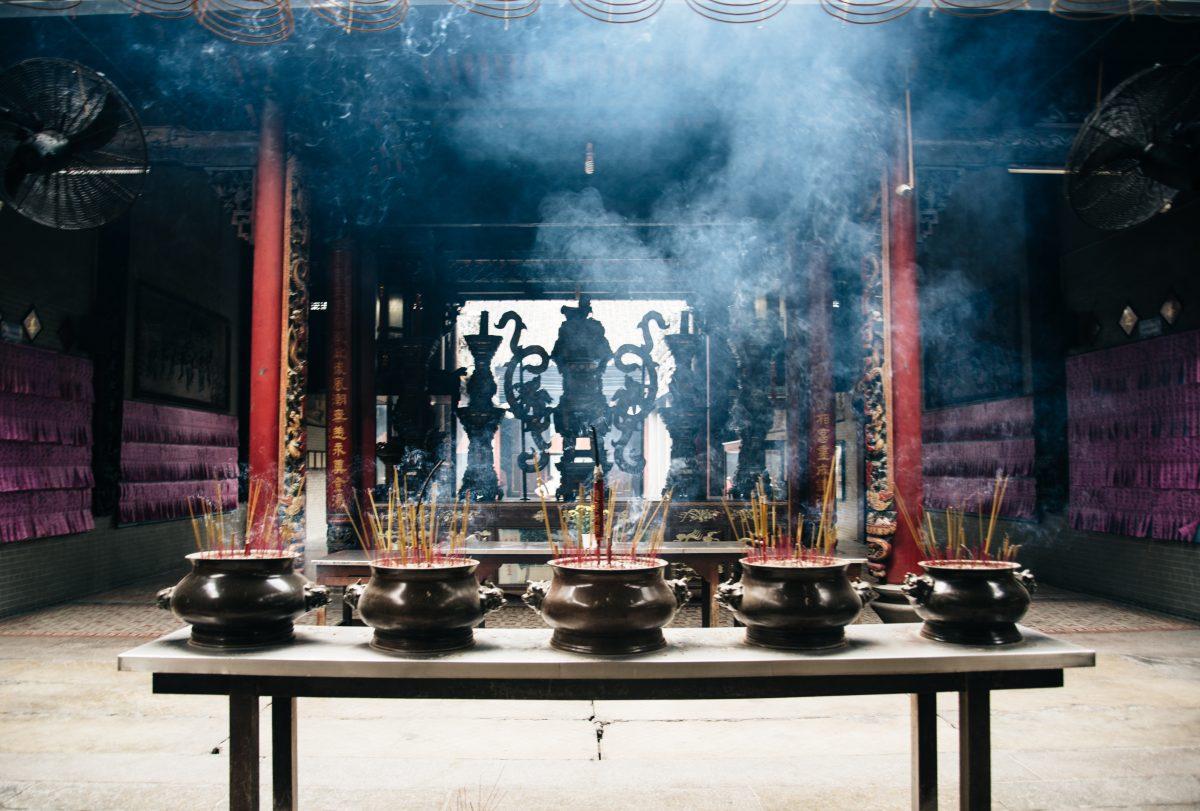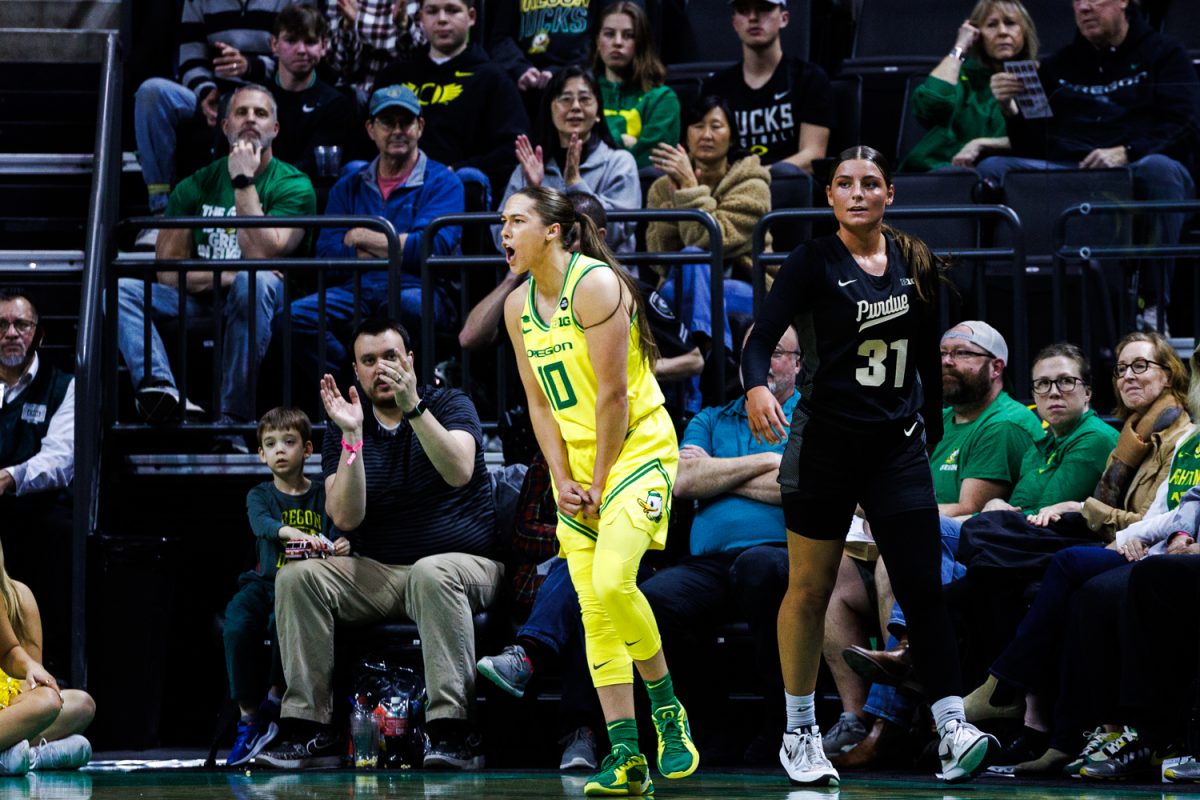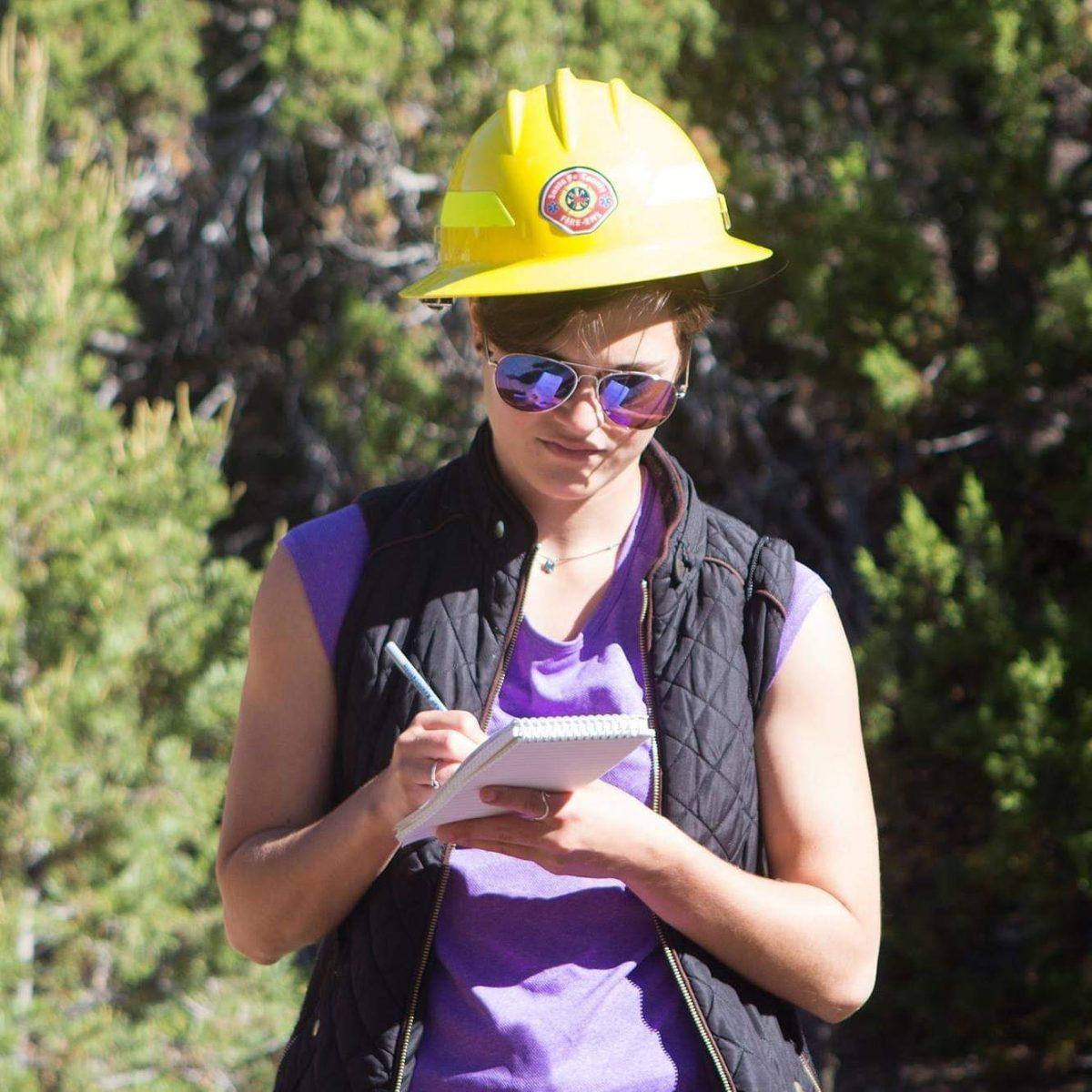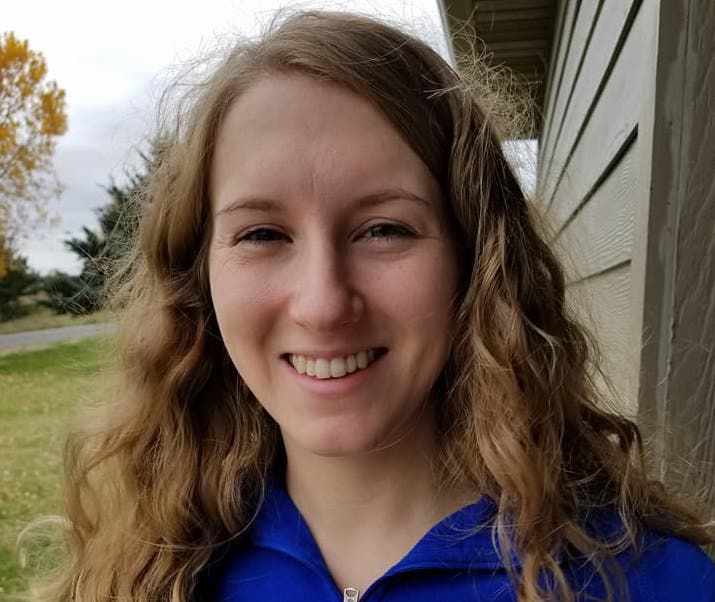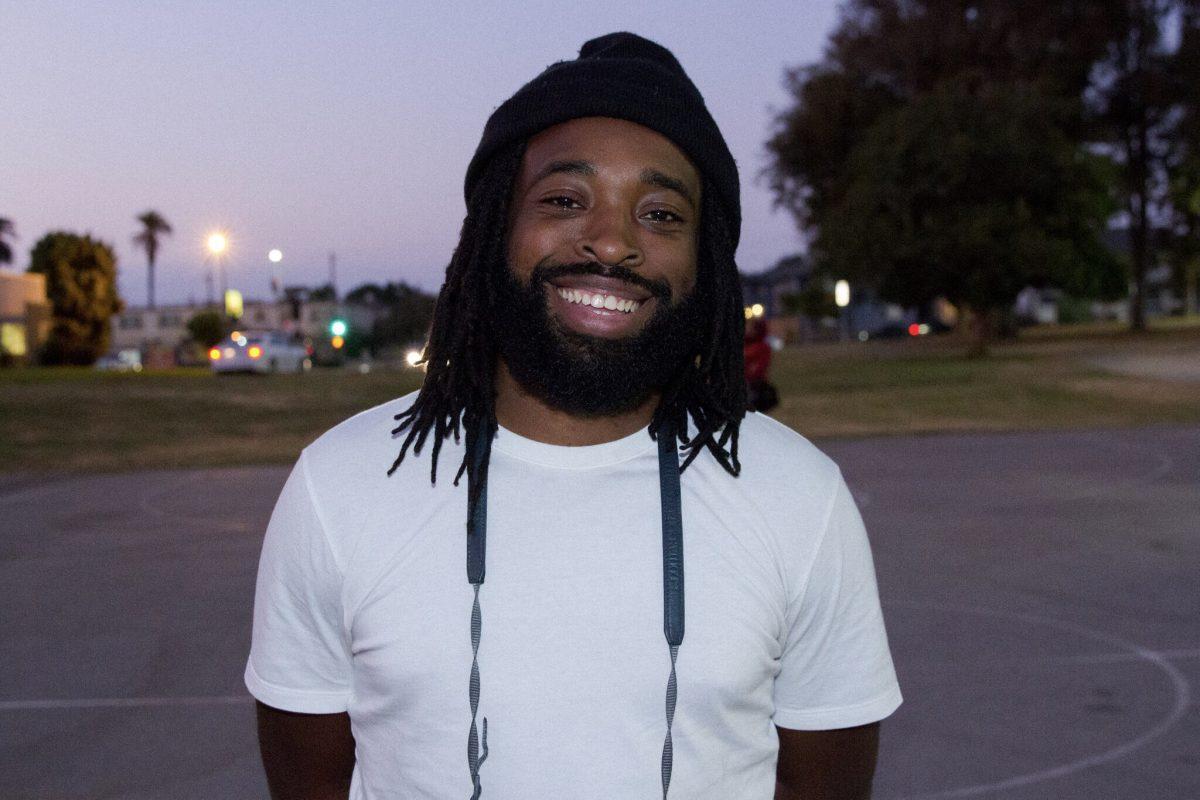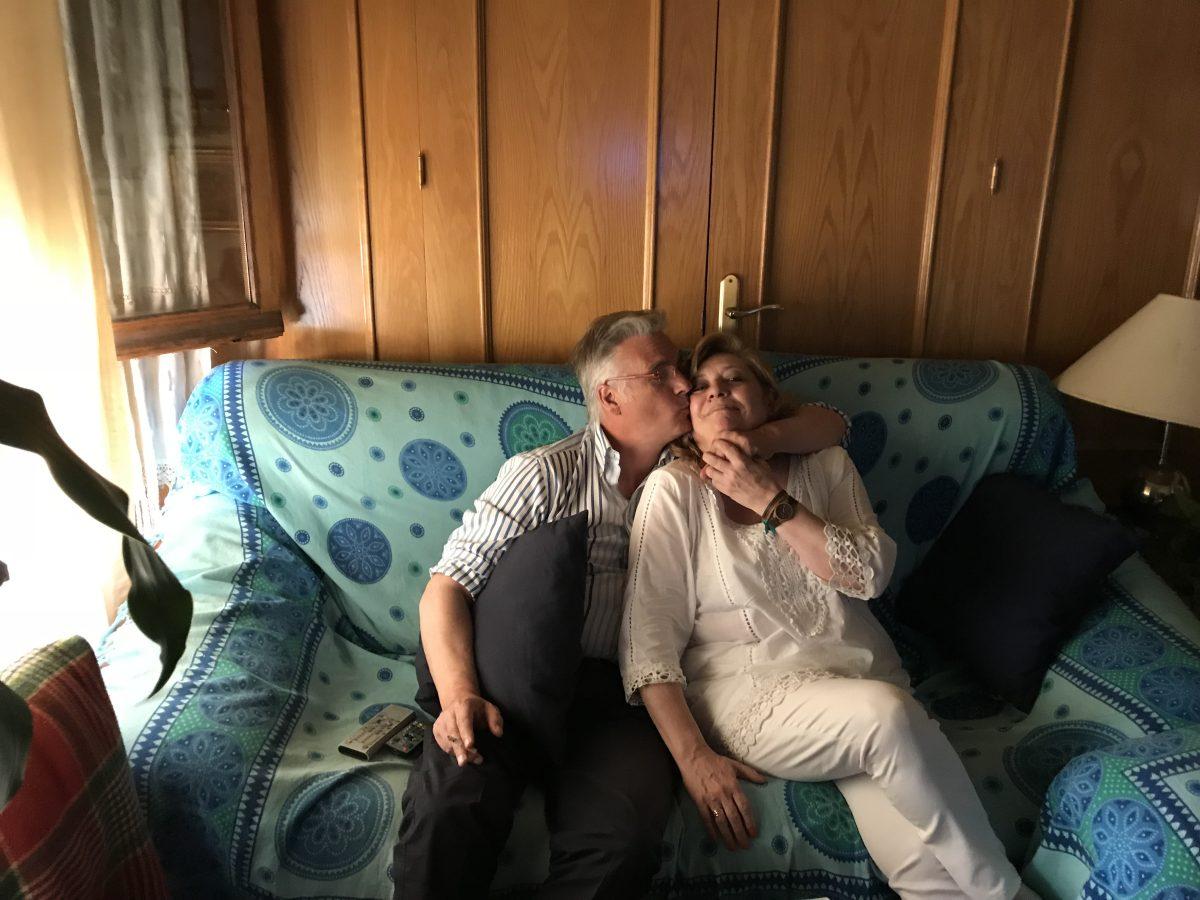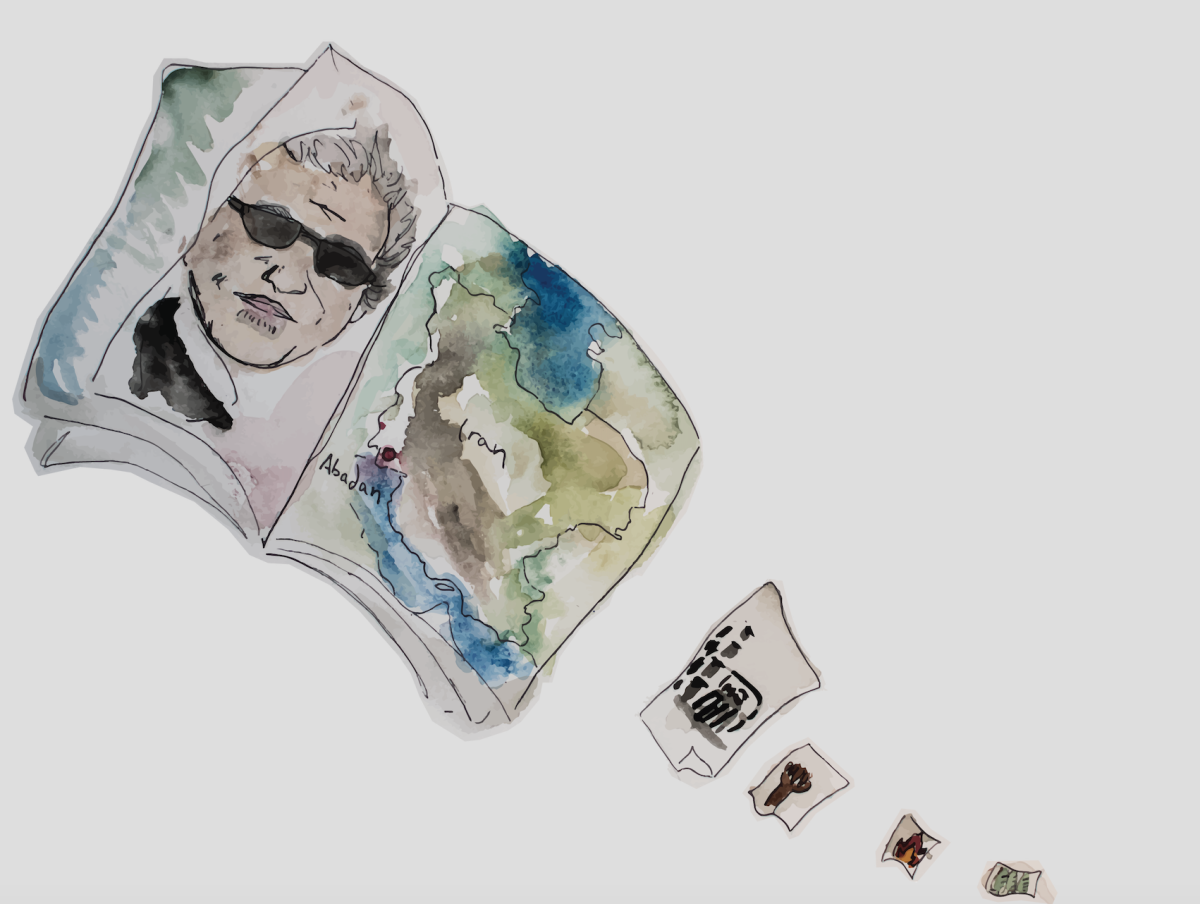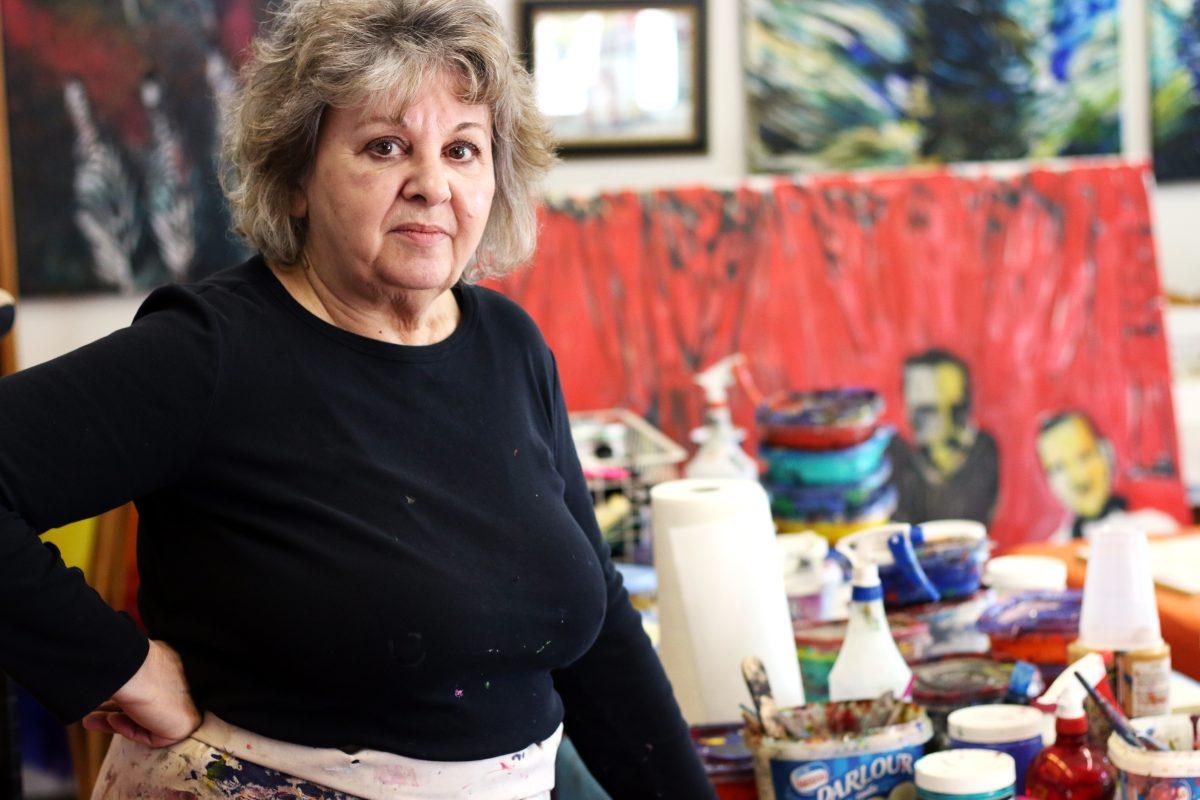With traditional architecture tucked in between skyscrapers that towered above my head and thousands of motorbikes filling the streets with their friendly honks, Ho Chi Minh City seemed to go on forever. The city’s population exceeds that of New York City’s and its 8.7 million grows each day. As Southeast Asia’s modern melting pot, the city is attracting people from different cultural backgrounds, ethnicities, and identities, in search of employment, stability, education, and a life that only a major city can provide.
After disembarking from my thirty hour journey from the Portland International Airport and stepping onto the streets of Ho Chi Minh City, any sense of a single story that I may have had of Vietnam was immediately shattered.
In modern society it is easy to get lost in preconceived notions of cultures and countries. Speaking to this issue, Nigerian novelist Chimamanda Ngozi Adichie warned of the consequences of stereotyping nations through a narrow minded lens in her TED talk, ‘The Danger of a Single Story.”
“The problem with stereotypes is not that they are untrue, but that they are incomplete,” she says.
Adichie explains how American literature and media have a habit of creating a narrative for a country and making that story seem singular. To put it in perspective, Adichie spoke of her own country, saying if she had only known of Nigeria through the popular images of American society, she would have a vastly different view.
“I too would think that Africa was a place of beautiful landscapes, beautiful animals, and incomprehensible people, fighting senseless wars, [and] dying of poverty,” she says.
With an idea of Vietnam being a place of lush green hills, floating markets, and people that were vastly different than me, the city revealed its true authenticity.
The beginning of my trip started with days of adjustment. I was the first to arrive in Ho Chi Minh City within our group of eight other UO journalism students. We were sent to Vietnam in hopes of collecting and telling stories about the healing process stemming from the Vietnam War. We were pleasantly surprised to find a city filled with interesting stores, quirky coffee shops, amazing restaurants, and streets that were filled with the kindest and most generous people I have ever come across. When asked about the war, people brushed off the questions explaining that it was a thing of the past and what is important is the present. With a reputation for open-mindedness and a welcoming attitude, Ho Chi Minh City has attracted an ethnically diverse population.
Leaving our Airbnb in District One—one of the city’s largest and most developed districts—I started my day with my camera strapped around my neck and followed our translator Ve to the different districts of the city. Our first stop was Koreatown.
Sitting on steps outside of a construction site, a woman named Hanh in her work clothes sipped on an iced Vietnamese coffee as she took a break at the end of her working day in the hot city. Born in Northern Vietnam, Hanh moved to the southern city in 1954 when she was three years old and currently lives in the area between District Seven and Eight.
“The city has changed so much,” she says. “There are big houses and the streets are better. I love the change and I am happy that the country has developed.”
Koreatown contains a collection of pale residential buildings with clean, flat architecture, large scale corporate structures, traditional Korean restaurants and shops, as well as Vietnamese businesses. This area tailors to its dense Korean population through its business and work attractions. It’s also the home to many traditional Korean churches, and most notably, the Korean International School, a private school where Korean is the main language.
For Hanh it can be difficult to find work because of her age. Despite this, she is still appreciative of the city’s vibrancy and life.
“If I am strong and healthy enough I will come and work to be paid by the day here but I don’t know what my future will be,” she says. “But I was lucky to live here.”
China Town
As one of 19 inner districts in Ho Chi Minh City, District Five is home to a major part of Southern Vietnam’s “Chinatown” and is known by the locals as Cholon. During its early history in the 1700s, the district was a place of refuge for many Chinese minorities in Vietnam. Later during the Vietnam War, it held a booming trading market between soldiers and civilians. Reflective of the district’s name, which translates to “big market,” today one can walk down its streets and find a large array of Chinese architecture, restaurants, and exports including silk products and traditional foods and fruits.
In addition to the street life and the famous Binh Tay Market, one of the most recognized locations is the Quan Am Temple. As a temple for the Chinese goddess of mercy, the pagoda is dedicated to traditional Chinese Buddhism. With its rich history and its colorful and extraordinary architecture, the temple lured me in._
Inside the pagoda, a man in a bright purple collared shirt paused from lighting the incense to introduce himself.
“My name is Bé. I am Vietnamese. Where are you from?”
Bé, a business owner in the chemical sales industry, traveled with his family to the growing district in 1994, moving from the more northern province of Na Minh. After being asked about the diversity in his city, Bé explained how many residents come from other regions of the country in search of work opportunities.
“You can look for work easier,” Bé says. “Because the economy is more developed than other provinces so this is a very big market.”
Although Bé is Vietnamese, he studies the Chinese language. Introducing me to a soft-spoken man in a light-blue uniform, Bé says, “This is my friend that I met in Chinese club. His nationality is Vietnamese, but his ancestry is Chinese so he can speak Cantonese, Vietnamese, and Mandarin.”
Like many other families living in this district, his ancestors migrated to Ho Chi Minh City over 100 years ago. A few years ago he was selling dried fish at a local market when he found an ad in the local paper offering a position to work and serve in the Quan Am Pagoda. “A lot of people come here to pray for a peaceful life,” he says, “Here they burn Chinese incense coils and hang it here to pray for love, for money.”
Little Tokyo
After hopping onto the back of my motorbike Uber, I rode to District Seven. I was greeted by small compact buildings with wooden entryways and signs with bold Japanese characters in black and red print. After walking through a winding labyrinth of restaurants, spas, art galleries and narrow streets, I came across two women named Maria and Pantao. Standing outside of a shot bar in Ho Chin Minh City’s Japanese District, Little Tokyo, the stylish women told me about the large percentage of Japanese expatriates who live there.
With a diverse background, Maria doesn’t have a traditional Vietnamese name. She is from a small city in the highlands of Vietnam, called Kon Tum. She explains her reason for leaving her home by describing the hardships that people faced outside of the city and emphasizing the opportunities that Ho Chi Minh City held for her.
“There are still a lot of poor children in my hometown with no chance to go to school or find work,” she says.
In the city, there are many possibilities for both. Now, Maria begins her mornings working as a waitress in a Japanese restaurant, and at night she works with Pantao at a Japanese style shot bar, coincidentally named Ma Ria.
Pantao, a friend who lived in the small tourist city of Vung Tau about 100 kilometers outside of Ho Chi Minh, adds her similar experience saying, “I dropped out of school when I was in grade nine because my family was so poor that we could not afford the school fee anymore. But I live in Ho Chi Minh City now and everything is easier here.”
Adjusting to the contrast in lifestyles can be daunting at first, the two women say.
“I found myself so different at the beginning because the way I dress, the way I talk, the way I think was different,” Maria says. “I want to have a new life here in Saigon, to open my mind and gain knowledge that I couldn’t find in my city.”
Like many people who have relocated to Ho Chi Minh City, Maria and Pantoa were able to adjust their lifestyles to adhere to the new opportunities that this large and diverse city has to offer.
“I have learned a lot of things,” Maria says. “But most importantly I have become more patient, hard working, and more confident to talk to friends.”
Words and photos by Cheyenne Thorpe and Ty Boespflug



